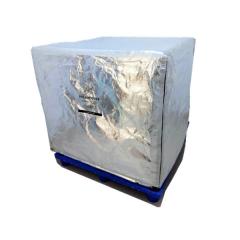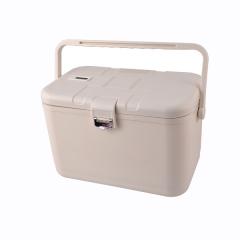Fresh food doesn’t wait. Neither should your logistics.
As consumer demand for fresh and frozen goods continues to rise, the speed and precision of the cold chain are more critical than ever. For companies moving perishables, one of the smartest logistics decisions they can make is placing cold storage as close to port terminals as possible. Why? Because when it comes to imports and exports, proximity equals performance.
Why Being Near a Port Matters for Perishables
In the cold chain, transferring goods from one form of transportation to another—such as ships to trucks—requires cold storage facilities as critical infrastructure. Unlike intermodal dry containers, maritime reefer containers are rarely transported very far inland. As a result, cold storage at or near the port is absolutely essential to facilitate the transition from maritime to ground transport modes while maintaining strict temperature control.
For incoming products, such as produce, seafood, or pharmaceuticals, time is of the essence. Having cold storage on or near port property ensures temperature-sensitive goods can be quickly offloaded and stored without risk of spoilage from transportation delays.
On the export side, staging perishable goods close to the port allows for last-minute consolidation, quicker containerization, and reduced trucking time—essential for meeting strict shipping schedules and minimizing emissions.
Turning Proximity into Profitability
Being near a port is more than just a logistical convenience—it’s a bottom-line decision. Reduced drayage costs, fewer temperature excursions, and faster turnarounds add up to a more resilient, efficient, and profitable operation.

 한국의
한국의  English
English français
français русский
русский italiano
italiano español
español português
português العربية
العربية 日本語
日本語 magyar
magyar










